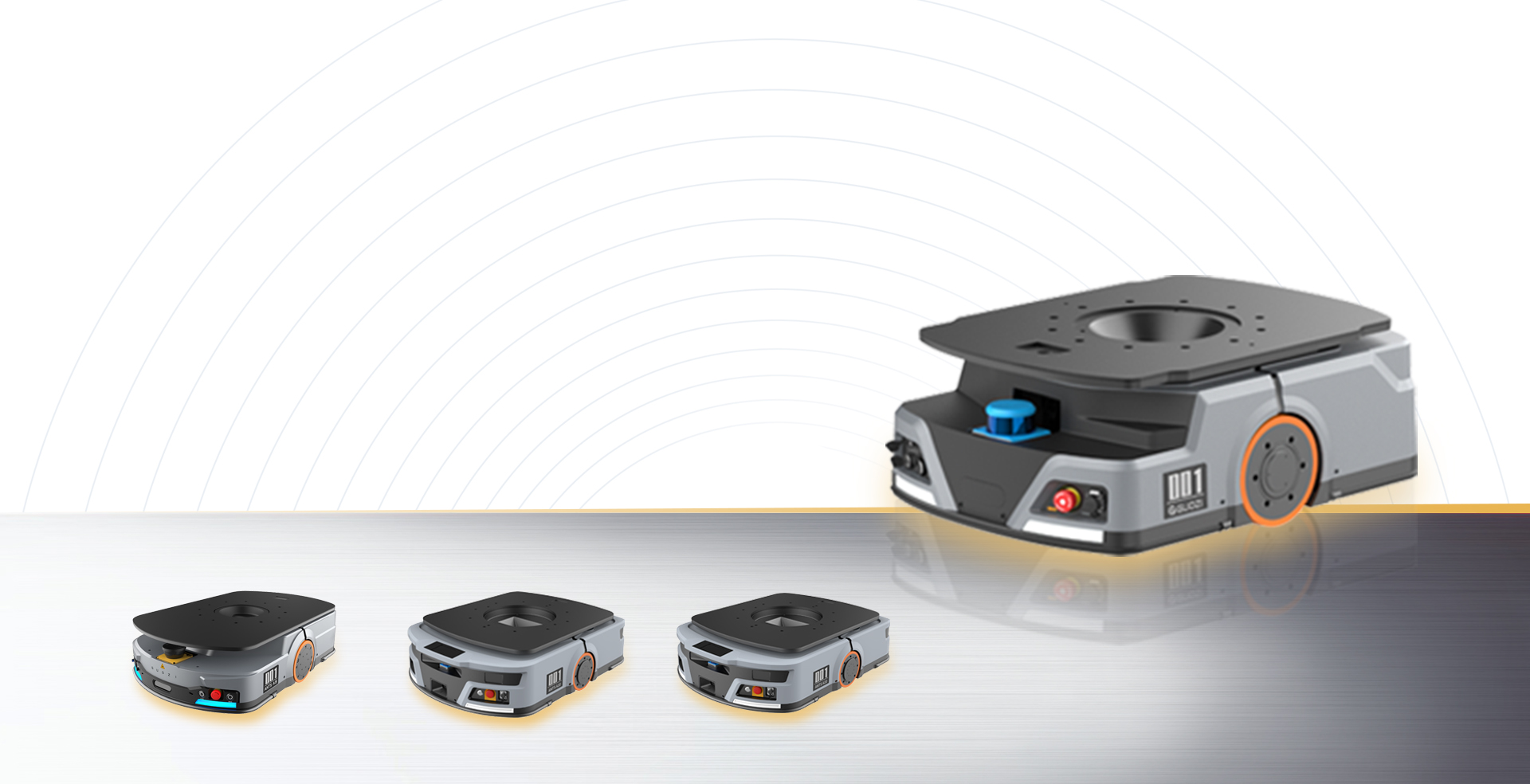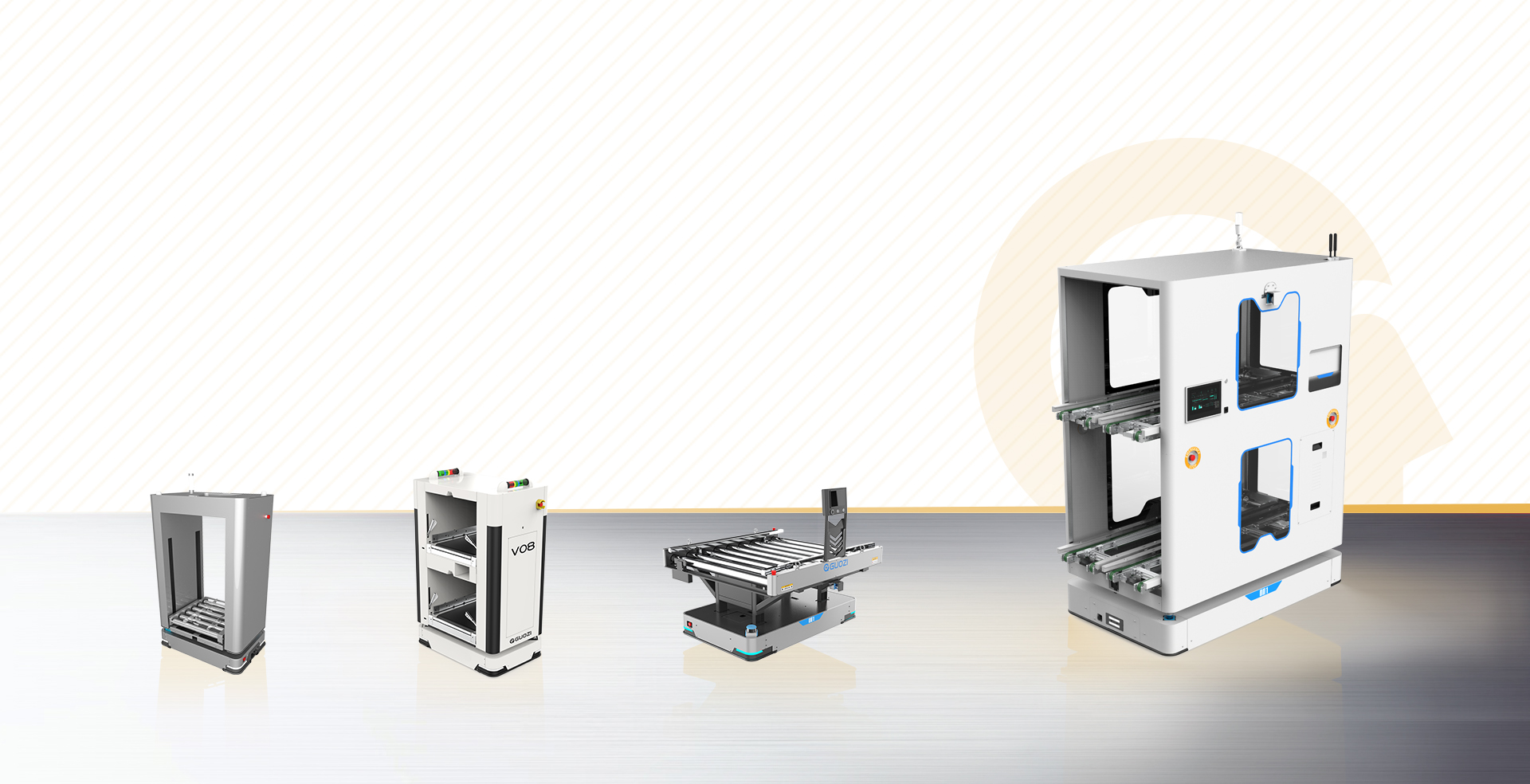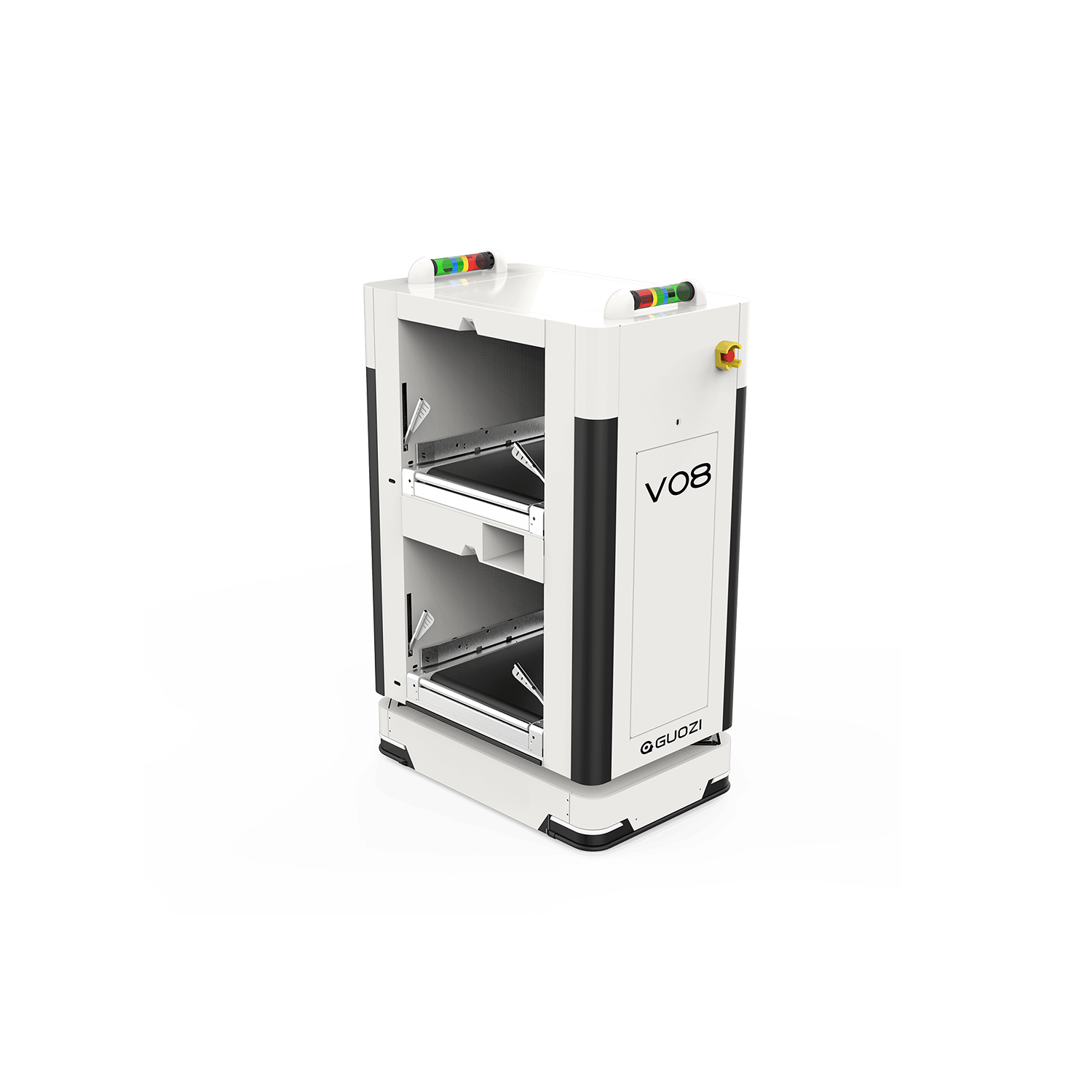With the rapid development of science and technology, robotics has been widely used in various fields in China. Among them, robot docking system, as a key core technology, is gradually becoming an important support for industrial automation, logistics and warehousing, aerospace and other fields. This article will provide you with a detailed analysis of the technical principle of robot docking system, its characteristics and its application prospects.
Overview of Robot Docking System
Definition
Robot docking system, refers to the technical system that realizes accurate and fast docking between robots and target objects (e.g., production lines, shelves, charging piles, etc.) by means of precise control and intelligent recognition.
Composition
Robot docking system usually consists of the following parts:
(1) Robot ontology: the main body responsible for performing the docking task, such as industrial robots and mobile robots.
(2) Sensors: used to sense the position, attitude, and other information of the target object, such as LIDAR, cameras, infrared sensors, etc.
(3) Control system: real-time control of the robot body and sensors to realize precise docking.
(4) Actuator: components to complete the docking action, such as gripper jaws, suction cups and so on.
Technological principles
Precise positioning
The core task of a robotic docking system is to achieve precise positioning of the target object. This mainly relies on the following technologies:
(1) Visual recognition: capturing the image of the target object through the camera, and extracting the features by using the image processing technology to realize the localization.
(2) LIDAR: Emit laser beams, and determine the position of the target object by measuring the time and intensity of the reflected light and other information.
(3) Infrared sensors: use infrared light to detect the position and distance of the target object.
Attitude estimation
Based on precise positioning, the robot also needs to estimate the attitude of the target object to ensure smooth docking. Common methods include:
(1) Point cloud matching: The 3D point cloud data of the target object is acquired by sensors such as LIDAR, which is matched with the preset model to calculate the attitude.
(2) Feature Matching: Extract the feature points on the target object, match with the preset model, and solve the attitude.
Trajectory planning
To realize the smooth docking between the robot and the target object, the robot's motion trajectory needs to be planned. It mainly includes the following steps:
(1) Path planning: according to the environment information and the position of the target object, a collision-free path is planned.
(2) Velocity planning: ensure that the robot meets the requirements of velocity, acceleration, and other parameters during motion.
Application Prospects
Industrial Automation
In the industrial production line, the robot docking system can be applied to material handling, assembly, testing and other links to improve production efficiency and reduce labor costs.
Logistics and Warehousing
In the field of logistics and warehousing, robotic docking systems can be used to realize automatic loading and unloading of goods and sorting, and to improve the level of warehouse automation.
Aerospace
In the field of aerospace, the robotic docking system can be used for tasks such as satellite launching and space station construction to improve the autonomous docking capability of spacecraft.
Smart charging
In the field of new energy vehicles and other fields, the robotic docking system can be applied to automatic charging to realize unmanned charging management.
All in all, the robot docking system, as a technology with a wide range of application prospects, is gradually changing our lives. With the continuous maturation of related technology, it is believed that in the future, the robot docking system will play an important role in more fields, injecting new impetus for China's economic and social development.








